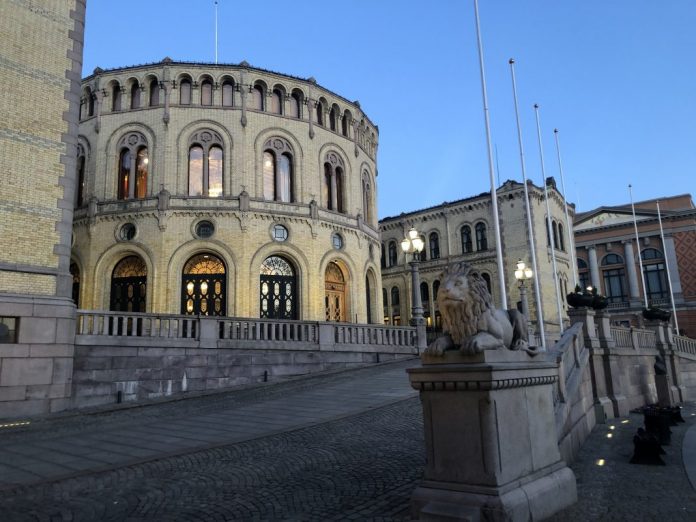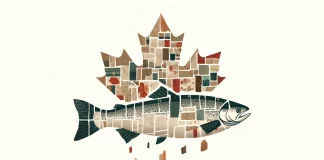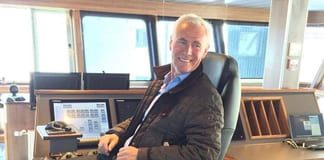This year’s Christmas sales are being done away, with prices now below production costs.
12 months ago, economics professor Karen Helene Ulltveit-Moe fought a fierce battle to introduce a resource rent tax of 62 per-cent for Norwegian salmon, a 40 per-cent special tax on top of 22 per-cent ordinary taxation.
The national newspapers were full of letters from writers, with varying knowledge of salmon farming, who used the salmon industry’s record-high margins over the past four or five years as the basis for taxation.
But it was a hopeless struggle, especially since support for the tax got nowhere near a political majority for it in Parliament. It all became a fairly theoretical exercise, primarily supported by the Green Party and socialists.
- Read more: Norway’s Aquaculture Tax Committee proposes a 40 per-cent rate for extraordinary tax for aquaculture
Unique fjords?
Resource rent is a term from economic theory. The value of certain input factors in a production process comes from resources that are not associated with the value creation in this process. In this case, the resource rent was the perfectly temperate Norwegian fjords, unique in their value for salmon farming.

Now it turns out that the Norwegian fjords are not so unique after all. 68 companies are currently chasing funding for 84 land-based fish farms. In total, they have a theoretical production capacity of over 1.4 million tonnes of salmon, distributed by facilities in 20 different countries.
There is a queue of companies that want to raise money on the Oslo Stock Exchange. It’s highly probable that within two years, there will be more listed land-based fish farmers than sea-based ones.
At the same time, China recently announced the construction of a 50 vessel fish farming armada, with a total production capacity of 200,000 tonnes of fish.
New ways
Pretty much all salmon-producing countries are measured for further volume growth in the sea, and politicians seem to be more reluctant to develop it. The global market will find other and new ways to farm salmon. Although these new forms of production are somewhat more expensive than traditional salmon farming in open cages.
“All salmon that can be sold will be produced,” said Ole-Eirik Lerøy, then CEO of Lerøy Seafood Group.
He may be right about that.

Quite exactly 12 months after resource rent tax discussion entered, salmon is now being sold under for what it costs to produce. In record time, it’s has gone from the gold rush to loss-maker. On Friday, SB reported on salmon prices between EUR 3.3 and EUR 3.7. This is the year’s lowest level and half a EUR below break-even.
More in stock
in Chile and Europe, well over 50,000 tonnes of salmon are in freezer storage. Harvest volumes, originally planned for sale before Christmas, have been shifted for harvest into 2021.
The market is weighed down. The reason is COVID-19, which has shut down tourism and restaurants, which are big consumers of salmon. The virus illustrates the rich palette of different risks that characterise this industry. And it doesn’t seem to be going away. The first half of 2021 won’t be a walk in the park.
At a time when the pandemic has tightened both business life and gross domestic product across most of the world, it seems to be more urgent to facilitate business development than a resource rent tax.









